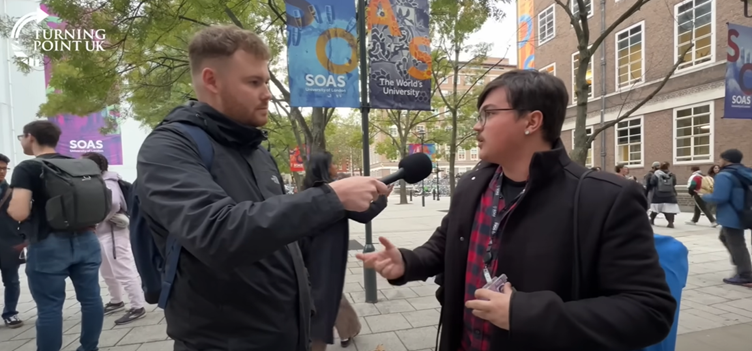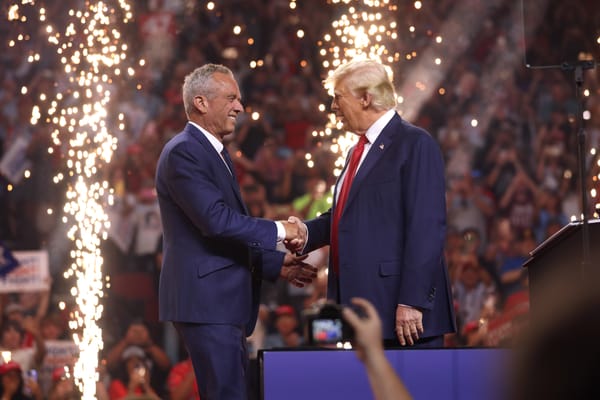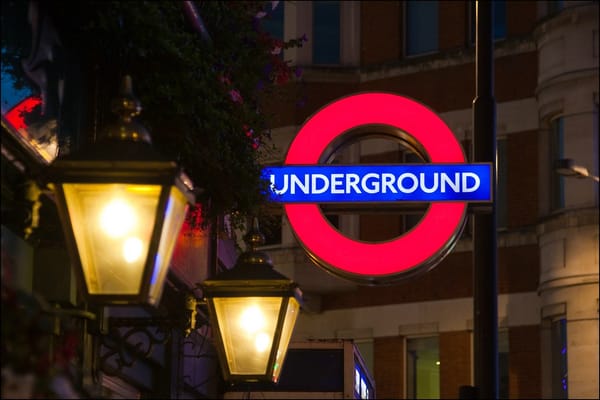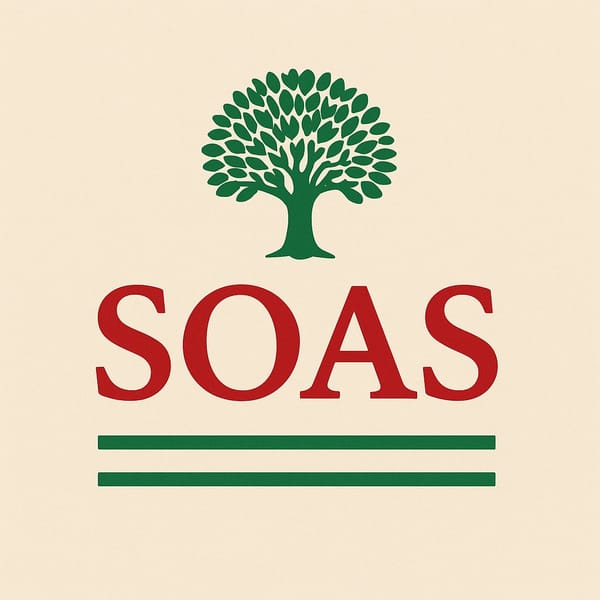External Political Figures at SOAS - A Cost-Benefit Analysis

By Tania Monica Zucconi Ruiz, MSc Violence, Conflict and Development
SOAS has always garnered a lot of public attention since its inception in 1916. Initially a colonial institution, SOAS’ status as a school of Oriental and African studies – offering subjects that many institutions had never delved into – meant it had always been at both the interest and ire of the political community. In 2023, though SOAS’ ethos has changed, we still attract external attention. SOAS is still the target of political and cultural figures, which brings both benefits and risks to both the institution and its students.
“What can be expected from the arrival of political figures to campus?”
At the end of October, Turning Point UK (TPUK) became the latest political group to descend on the SOAS Campus. TPUK is a right-wing conservative activist and political organisation that claims to want to “challenge the left-leaning bias in our institutions” and “expose the far left (to) end the tyranny of woke ideology”. The far-right pressure group claims to share a ‘common-sense’ message and stand against Marxism and radical socialism, highlighting their endorsement from right-wing figures such as Jacob-Rees Mogg and Nigel Farage. TPUK attends campuses and speeches and attempts to hold interviews, often attempting to upset or misconstrue messages displayed; one student at SOAS was, in fact, lied to regarding the nature of the video, demonstrating a lack of transparency, and potential fear of backlash, from the group. Though the group claims to be inclusive and welcoming, its social media is peppered with confrontational videos claiming to “humiliate”, “smash”, and “trigger” those they talk to during interviews. As such, what can be expected from the arrival of political figures to campus? Though the arrival of political figures and groups on campus can be both positive and negative, this article will discuss the costs and benefits of political activism on campus. One thing seems certain; the intentions behind the arrival of political figures colour their impact.
The presence of political figures can allow for first-hand exposure to different viewpoints and new ideas and elicit further understanding of varying topics facing society in the current day. Students are given the opportunity to further understand topics, debate them,and foster open minds towards ideologies that may differ from what they are already familiar with. Additionally, the presence of political figures on campus can educate students in activism, allowing them to realise their interests and to discover and understand different social causes that they are passionate about. Some figures, such as Jeremy Corbyn who has visited SOAS multiple times, may use their presence on campus for advocacy in causes such as workers’ rights, allowing for further education of students on important issues and boosting social causes with their presence.
Conversely, this same advocacy can have negative effects; political figures may use their platform to misconstrue the understanding of causes or to sway students through the use of fake news. The arrival of controversial political members can also create disorder and result in conflicts amongst students with differing views and within the wider institution, potentially resulting in the intimidation of students in a place that is supposed to be a safe space to discuss diverse opinions. Using the example of TPUK, whose visits to UK institutions are usually filmed and posted online to social media, visits may not be there to spread genuine information and raise awareness but rather to humiliate and attack students, perpetuating stereotypes and enforcing already tense divisions between students and generations with differing views. Finally, this builds into the idea that political figures may use their platforms as impromptu rallies and attend campuses for their own political ambitions instead of genuine attempts to foster unity and understanding for the young people they are speaking to, which can be a big issue.
The arrival of political figures on campus can be positive; allowing for the propagation of new ideas, spreading awareness of social justice movements and offering the possibility to openly discuss diverse views. Depending on the figure, and their intentions, however, figures can be a threat to safety and the ability to openly discuss differing viewpoints, which is a function of higher-level education. Due to this, it is important to be mindful of which figures gain a platform for views, and the way that this is done, to ensure the safety and comfort of all students and visitors at a university.



